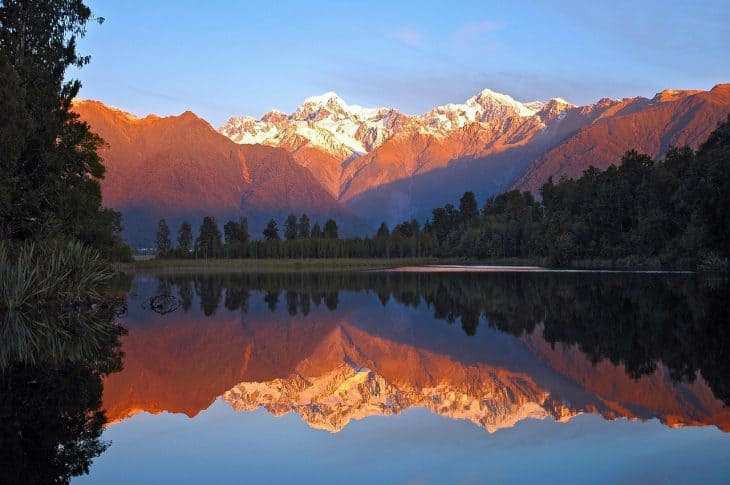
You might have heard of New Zealand more than once before, but could you even point it out on the map? While some people can, there are more out there who don’t know anything about the country except its native kiwi. Read these New Zealand facts and why it might as well be the most underrated country in the world.
- The Māori term for New Zealand is ‘Aotearoa,’ which translates to ‘Land of the Long White Cloud.’
- The island country of New Zealand is in the South Pacific Ocean, southwest part of Polynesia.
- New Zealand is part of the continent Oceania.
- On the borders of New Zealand are the South Pacific Ocean and the Tasman Sea.
- The capital of New Zealand is Wellington, a city on the North Island.
- As of January 2020, New Zealand has a population of 4,805,245 – one of the least populated countries in the world.
- People in New Zealand are called ‘Kiwis.
- International financial markets call the New Zealand dollar ‘Kiwi,’ with the coin featuring the bird on one side.
- The nearest neighbor of New Zealand is Australia from where it lies 1,000 miles southeast.
- Being an isolated nation granted New Zealand the extraordinary evolution of native species.
- The Corruptions Perception Index regarded NZ as the least corrupt country in the world, tying with Denmark.
- Ninety-Mile Beach in New Zealand only measures 56 miles or 90 kilometers long.
- New Zealand only has two bat species as its only native land mammals.
- New Zealand earned more Olympic gold medals than any other country.
- Kiwi Harold Gillies was the pioneer in plastic surgery.
- New Zealand’s badminton team was originally ‘Black Cocks’ intended for marketing purposes.
- The place with the longest name in the world is Taumatawhakatangihangakoauauotamateapokaiwhenuakitanatahu in Hawkes Bay, NZ.
- Each place in New Zealand is no more than 128 kilometers or 79 miles from the sea.
- The Pizza Hut Chain gets its mozzarella cheese from Taranaki, NZ, instead of Italy.
- New Zealand was the location of the filming set for the Lord of the Rings trilogy.
New Zealand Facts Infographics
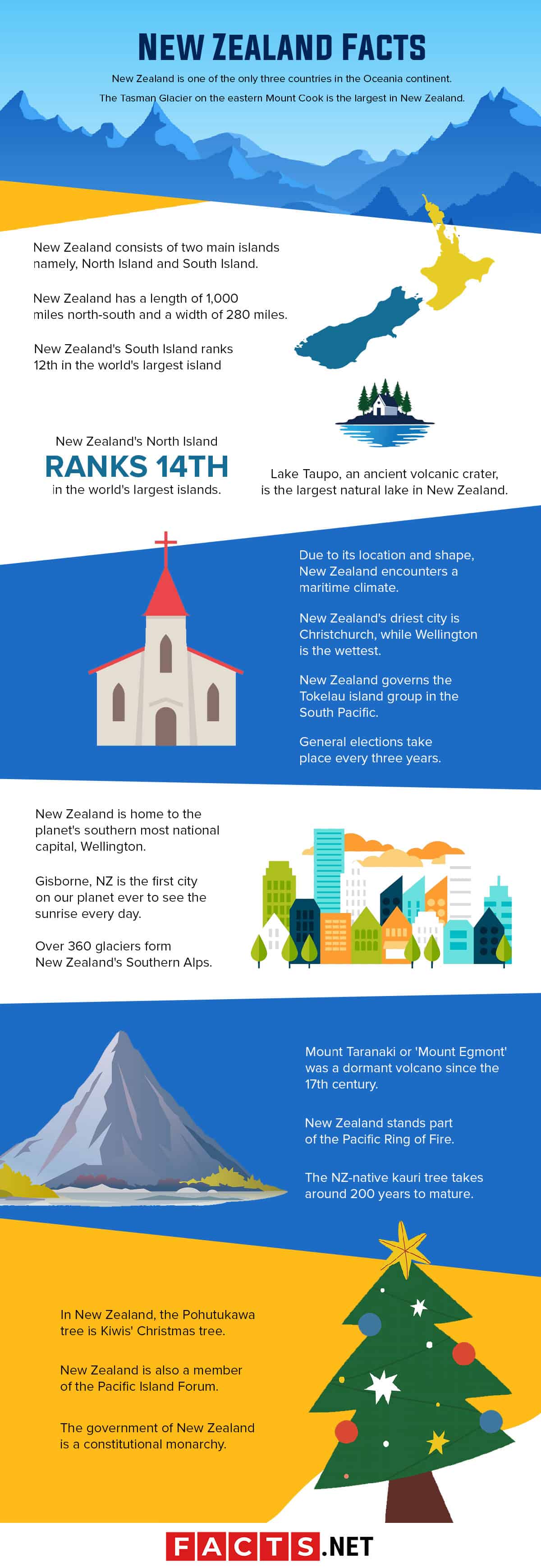
New Zealand is one of the only three countries in the Oceania continent.
The other two are Australia and Papua New Guinea. Hence, this set up makes Oceania as the smallest among the seven continents.
New Zealand consists of two main islands namely, North Island and South Island.
The Cook Strait interconnects these two islands. Apart from them, there are still numerous small islands in the country. Some of them are even hundreds of miles away from the main islands.
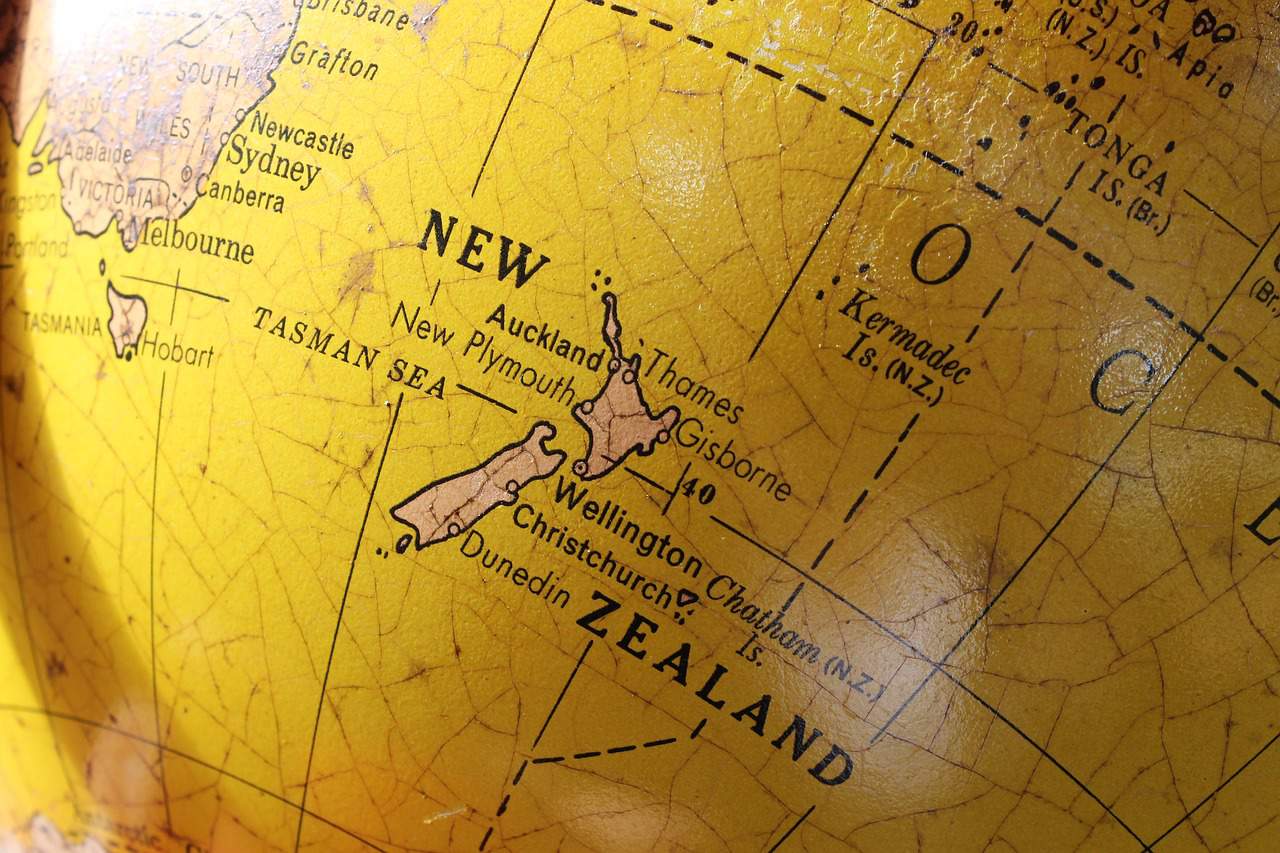
New Zealand has a length of 1,000 miles north-south and a width of 280 miles.
Those are 1,600 kilometers and 450 kilometers, respectively. With this size, New Zealand is slightly smaller than the Colorado state and marginally bigger than the United Kingdom.
New Zealand's South Island ranks 12th in the world's largest islands.
In it, the Southern Alps boasts of its 18-peak beauty. Each of them is more than 3,000 meters above sea level.
New Zealand's North Island ranks 14th in the world's largest islands.
While it is less mountainous than the South Island, the North Island is home to active volcanoes.
Lake Taupo, an ancient volcanic crater, is the largest natural lake in New Zealand.
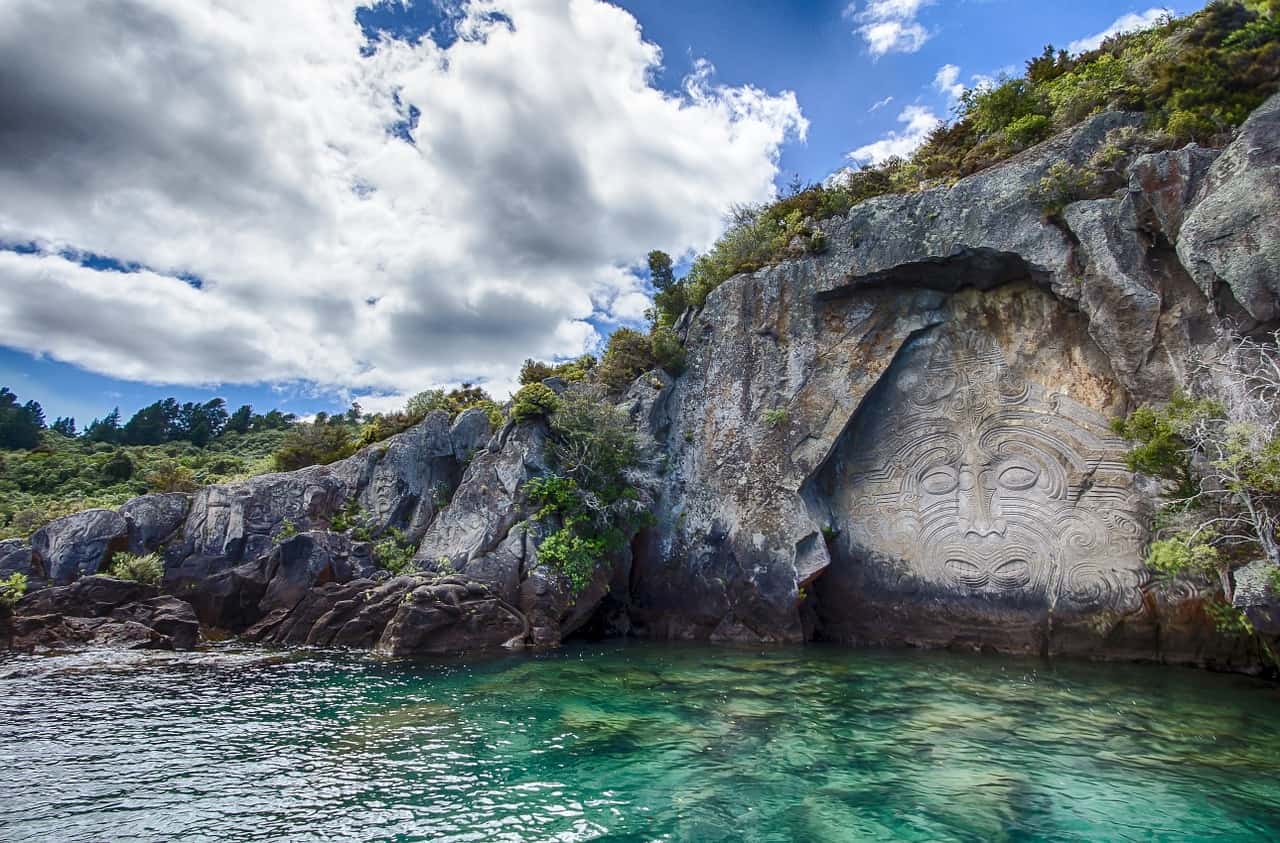
Its southern shores rise to the Volcanic Plateau, which sits right at the center of the island. Aside from having less steep terrains than the South Island, the North also has a more favorable climate.
Due to its location and shape, New Zealand encounters a maritime climate.
All year-round, the temperatures in the country would only range from 10°C to 16°C. South Island west coast is also usually intensely wet and cold, particularly in winters.
New Zealand's driest city is Christchurch, while Wellington is the wettest.
Christchurch only receives around 640 milliliters of rain annually. In comparison, Wellington has an average yearly shower of about 1,250 milliliters.
New Zealand governs the Tokelau island group in the South Pacific.
A section of the Antarctic continent is also under their rule. And while the Cook Islands and Niue are sovereign states, they are still in free association with New Zealand.
New Zealand is home to the planet's southernmost national capital, Wellington.
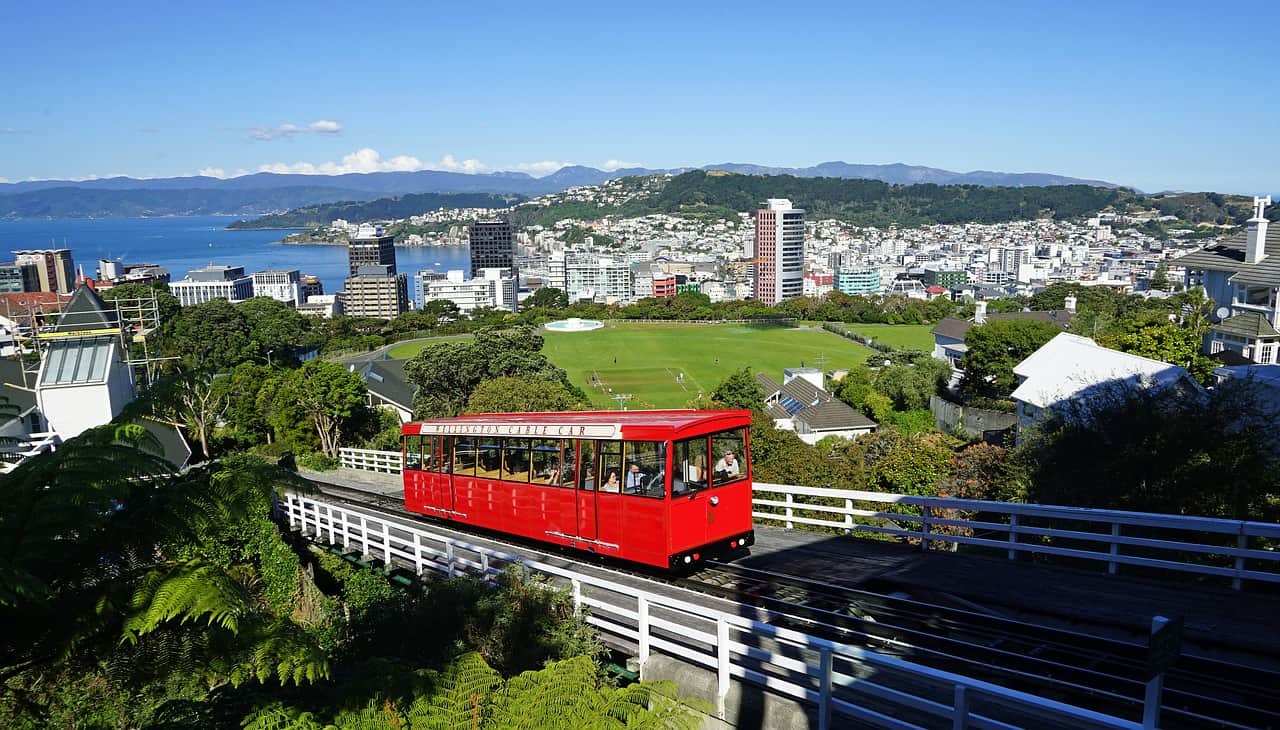
The city’s latitude is at 41.2° south. Wellington also ties with Australia’s Canberra in being the most remote capital in the world, being at 1,243 miles or 2000 km apart from the mainland.
Gisborne, NZ is the first city on our planet ever to see the sunrise every day.
At 178° latitude, it sits just 308.4 miles or 496.3 km off the International Date Line. This geo-situation made news worldwide when the city welcomed the new millennium on live TV worldwide on December 31, 1999.
Over 360 glaciers form New Zealand's Southern Alps.
Meanwhile, the North Island only has seven relatively small glaciers up on the slopes of Mount Ruapehu.
The Tasman Glacier on the eastern Mount Cook is the largest in New Zealand.
It spans a length of 18 miles or 29 kilometers and a width of over a half-mile or 0.8 kilometers. Fox and Franz Josef are the largest ones on the western slopes. At the same time, other significant eastern-slope glaciers are the Godley, Mueller, and the Murchison.
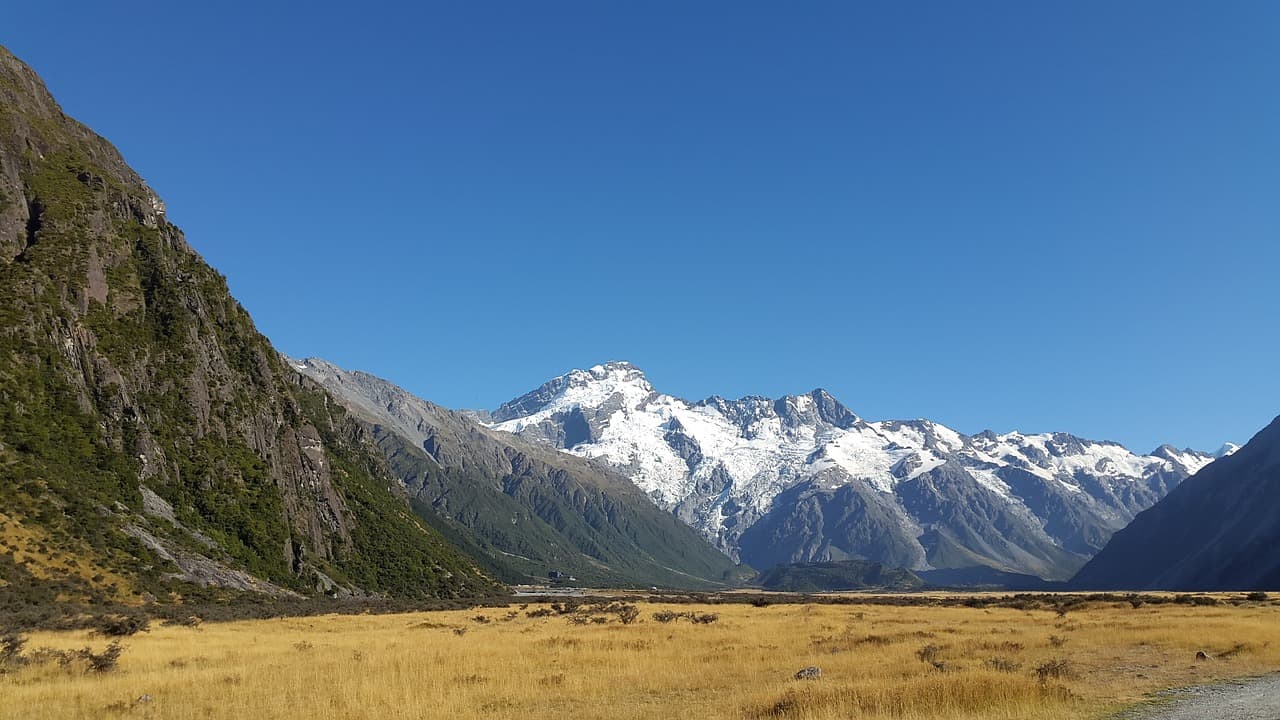
Mount Taranaki or 'Mount Egmont' was a dormant volcano since the 17th century.
Today, dairy farming thrives on its slopes alongside favorable mild climate. On the north of the mountain lies the magnificent Waitomo caves. It is famous for the glowworm-illuminated stalactites and stalagmites.
New Zealand stands part of the Pacific Ring of Fire.
Frequent earthquakes and substantial volcanic activity characterize this circum-Pacific seismic belt. While the North Island and western-South Island lie on the Indian-Australian Plate, the rest of the South Island rests upon the Pacific Plate.
The NZ-native kauri tree takes around 200 years to mature.
The largest of its kind in the world is the Tāne Mahuta, which translates to ‘Lord of the Forest.’ Standing in the Waipoua Forest, the 2,100-year-old tree covers a circumference of 43 feet or 13 meters and a height of 169 feet or 51.5 meters.
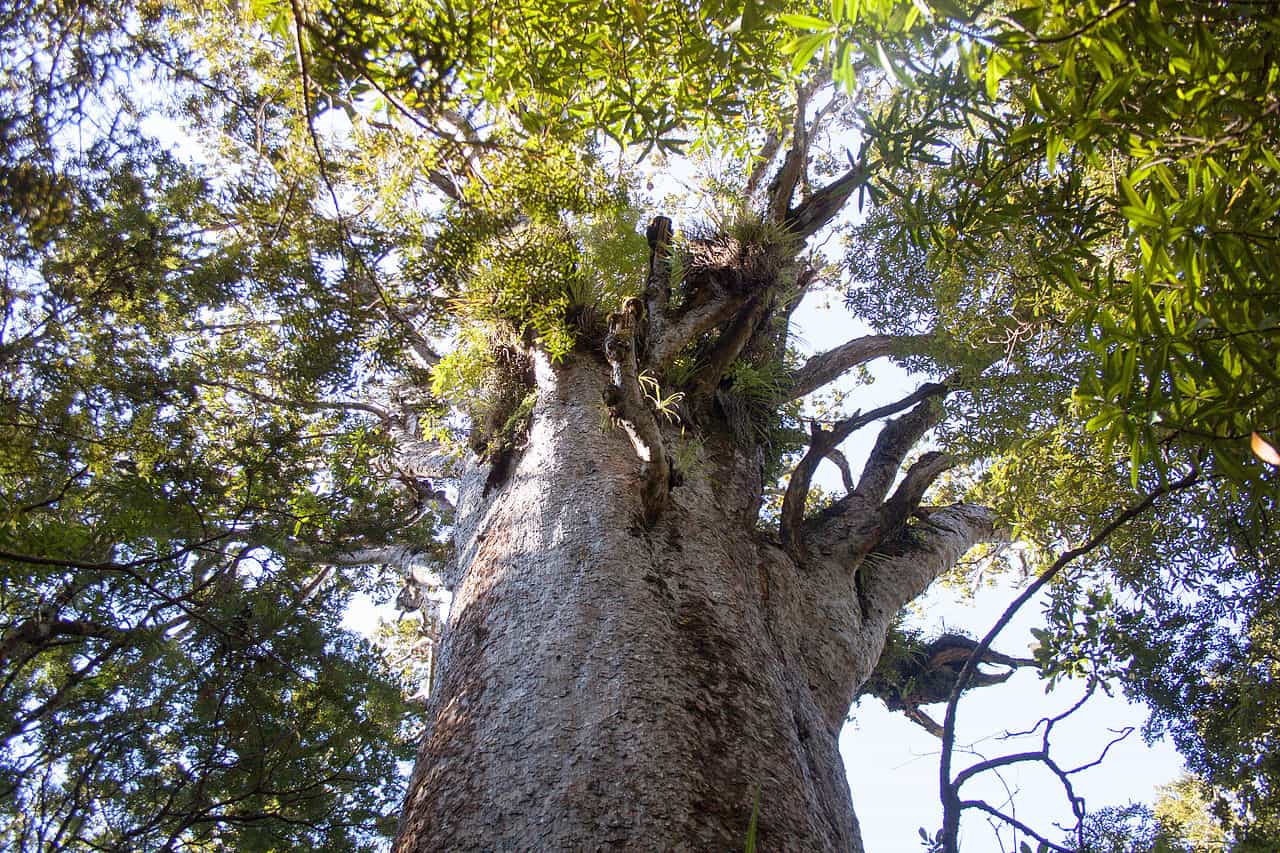
In New Zealand, the Pohutukawa tree is Kiwis' Christmas tree.
Red flowers decorate its branches for a few weeks every December.
New Zealand is also a member of the Pacific Island Forum.
This organization aims to assemble sovereign nations in islands all over the Pacific Ocean.
The government of New Zealand is a constitutional monarchy.
It means that representative parliamentary democracy operates in the country. The head of the State is a monarch, while the head of the Government is a prime minister.
General elections take place every three years.
Forming the House of Representatives is the Queen and the lower house of the bicameral parliament. Moreover, they are the ones who exercise the legislative powers of the government.
New Zealand has Queen Elizabeth II of the United Kingdom as their official queen.
A governor-general represents the Queen in the country.
New Zealand history tells of the Māori being the first humans to set foot on the country.

Around a thousand years ago, the group traveled in canoes from Hawaiki. While Dutchman Abel Tasman was the first European to discover the country, the British were the ones who conquered New Zealand.
New Zealand was once named 'Staten Landt.
Upon discovery that the country is not part of the continent of South America, the Dutch explorers switched the name to Nova Zeelandia or New Zealand. It takes after Zeeland, a Dutch province.
The Treaty of Waitangi serves as the founding document of New Zealand.
Signed in 1840, the agreement was a settlement between the Maori and the British Crown. After establishing the British law into the country, it is still considered as an essential part of the history of New Zealand.
The Waitangi Treaty Grounds now remains as a tourist attraction.
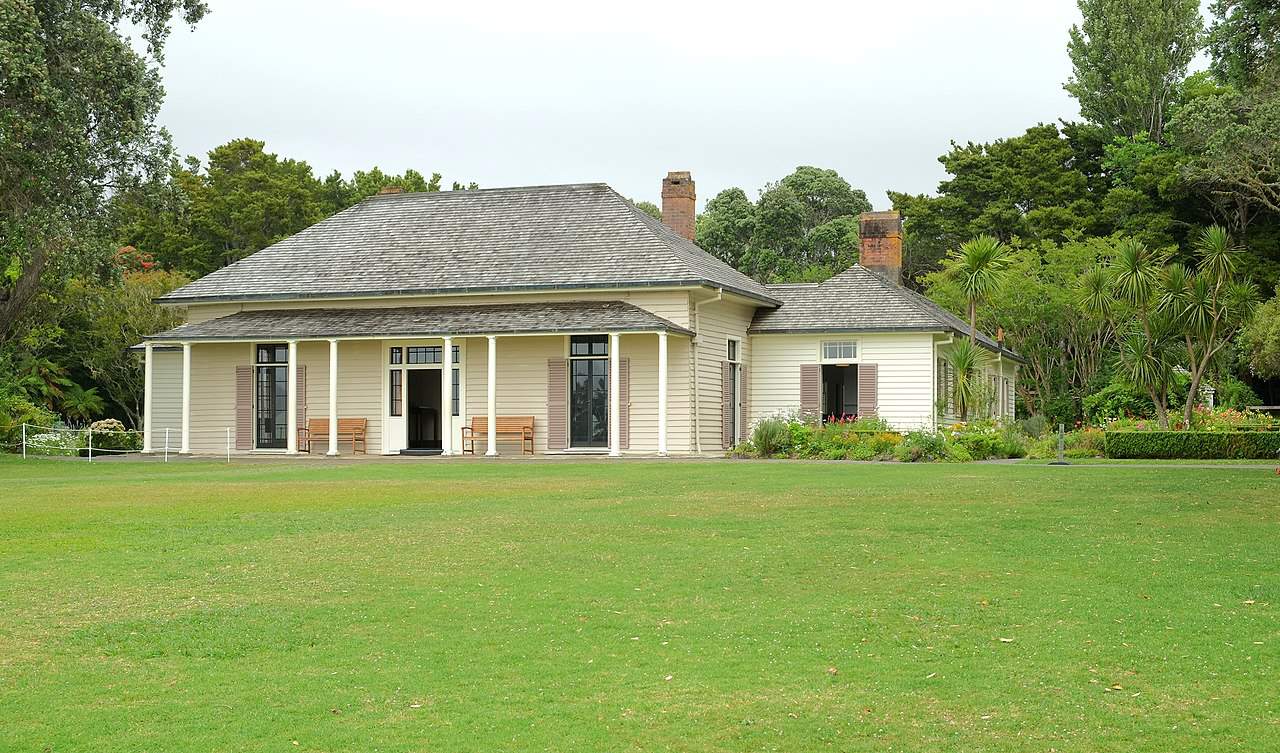
Aside from the preserved building where the treaty was signed, other colonial-era buildings and Māori sites with treasures or ‘taonga’ could be found all over New Zealand.
Appended by Great Britain in 1840, New Zealand became the largest country in Polynesia.
Eventually, it converted into a crown colony, then a self-governing colony in 1856, and finally a dominion in 1907.
New Zealand only became fully independent in 1947.
In the 1920s, the country grew to control almost all of its policies, internal or external. Its independence followed after the adoption of the Statute of Westminster. The state then became a member of the Commonwealth.
In the Australian Constitution, Australia listed New Zealand as one of its states.
It means that New Zealand could join the Australian Confederation should they choose to.
New Zealand has no nuclear power stations.
When the country banned nuclear arms and power in the 1980s, it was kicked out of the ANZUS alliance kept between Australia, New Zealand, and the United States. It means there must be a change of law before an NZ station could be built. Moreover, New Zealand maintains its military connections with the United Kingdom.
The first country to legalize suffrage in the world is New Zealand.
The country started to allow women to vote back in 1893.
New Zealand is the first country to have its top 3 positions simultaneously held by women.
From 2001 to 2006, Helen Clark was Prime Minister, Dame Silvia Cartwright was Governor-General, and Sian Elias was then Chief Justice of New Zealand.
New Zealand is home to the first transgender Member of Parliament.
Georgina Beyer, a Maori ex-prostitute, made history in 1999.
New Zealand has an average life expectancy rate of 80.3.
Females are at 82.3 years while the males are at 78.3 years. It is one of the highest rates in the world.
New Zealand is the second-largest producer of wool in the world.
It only follows after its closest neighbor, Australia.
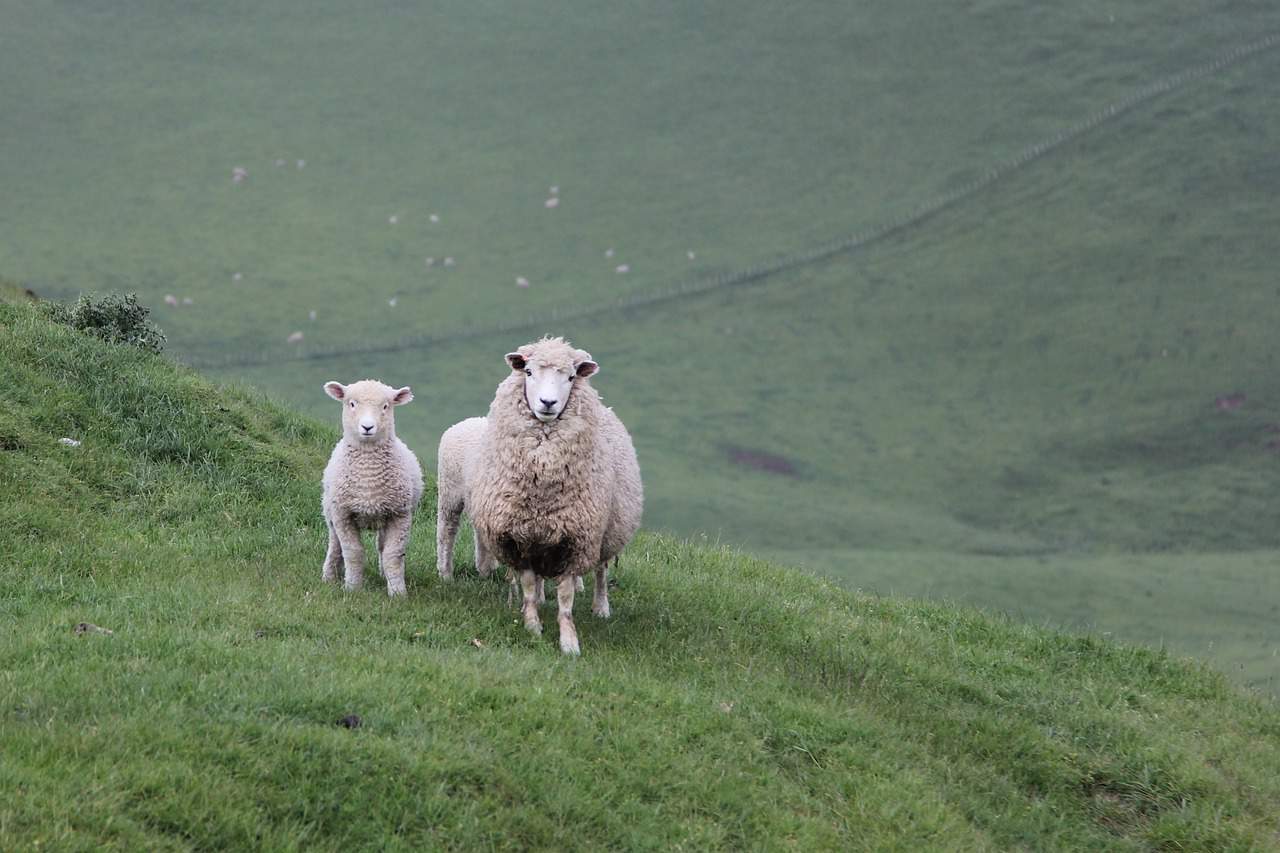
New Zealand ranks 8th among the top dairy producers in the world.
Once, the country reached the top 5 when dairy farmers produced 220 lbs of butter and 143 lbs of cheese per year, per person living in NZ.
New Zealand was the first Asian-Pacific country to legalize same-sex marriage.
As one of the world’s most liberal nations, prostitution, as well as solicitation and brothel-keeping, is legal in the country. The driving age is set at 15, the consensual age for sex is at 16, while the drinking age is at 18.
The first referee to ever use a whistle in halting a game is a Kiwi.
William Atack from Christchurch, NZ made history in 1884.
The biggest one-day yachting event in the world takes place in New Zealand.
Every last Monday of January, the Auckland Anniversary Regatta occurs, welcoming over 1,000 entries annually. Auckland, or the ‘City of Sails’, also holds the record for having the world’s highest boat ownership per capita.
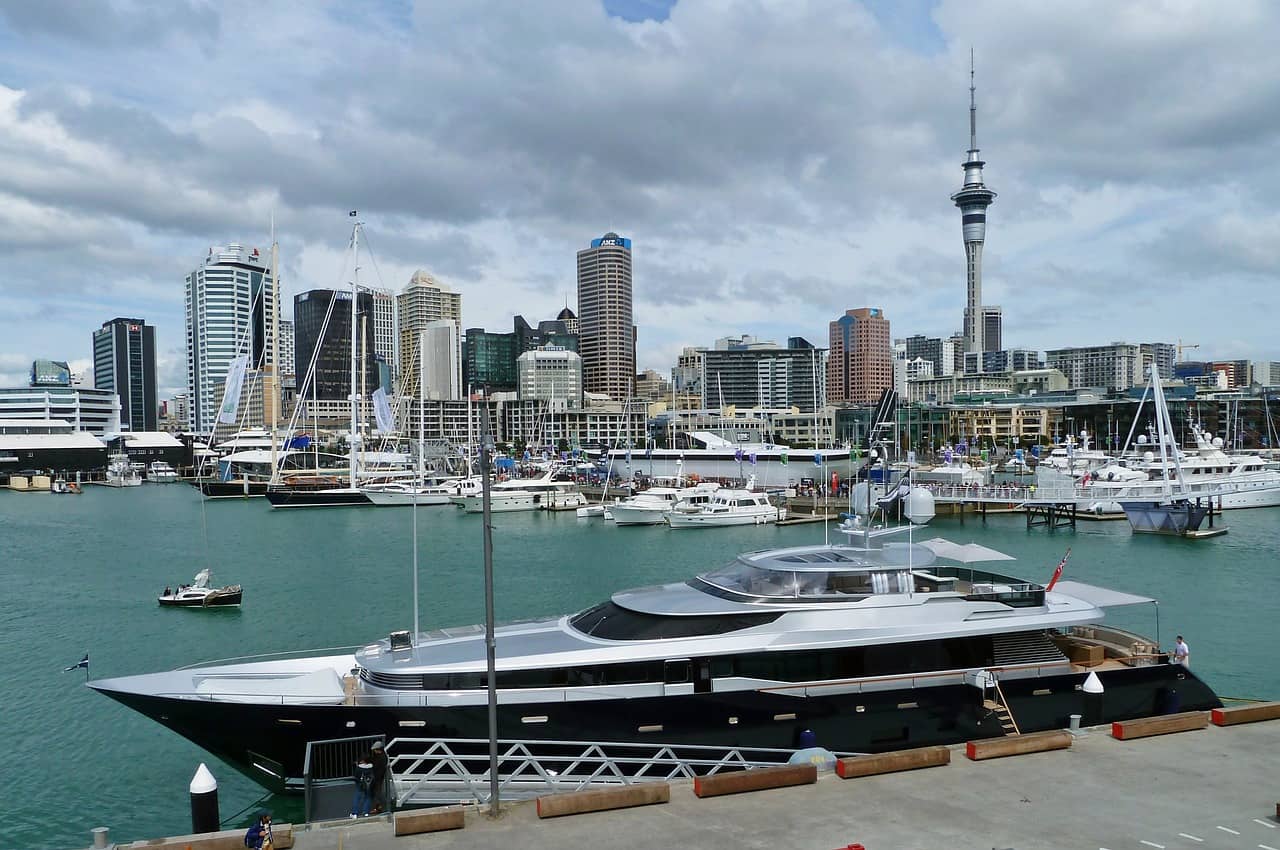
New Zealand has more than 400 golf courses, public and private alike.
This number is equivalent to having one for every 9,000 people. Hence, New Zealand is also the record-holder for having the most golf courses per capita.
The first recorded use of crop-dusting or aerial topdressing in the world pins the map on NZ.
In 1926, Hunterville farmer John Lambert raised the concept of employing small airplanes from which fertilizers will drop.
Drug companies in New Zealand have a permit to advertise in public.
Together with the USA, it is only of two countries in the world allowed to do so.
New Zealand ranks 9th among the countries with the longest coastlines in the world.
Despite looking small, this country’s coastline is 15,134 kilometers long.
New Zealand was the first modern-day country ever to appoint an Official National Wizard.
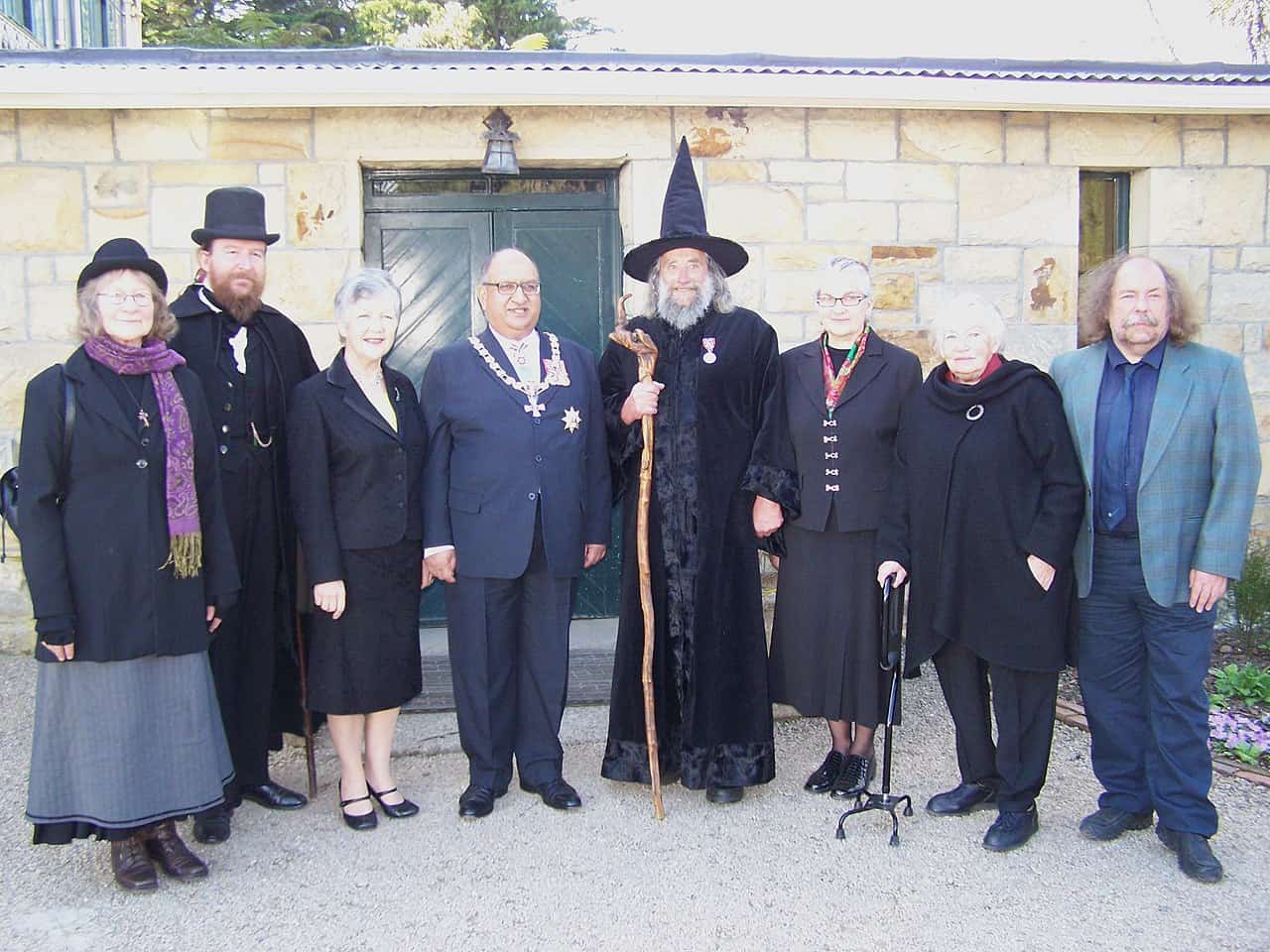
The Wizard of Christchurch became a tourist attraction in 1982. Eventually, he was appointed as the Official Wizard of New Zealand in 1990, and then legally changed his name into ‘The Wizard.’
In New Zealand, most children would start school on their 5th birthday.
Students in other countries usually start at the beginning of the school year.
Lorde, songwriter and singer of award-winning song 'Royals,' was born in New Zealand.
Other famous people from New Zealand are Gladiator actor Russell Crowe, Dancing With the Stars model-actress Rachel Hunter, Bedtime Stories actress-singer Lucy Lawless, singer Keith Urban, Thor: Ragnarok actor Karl Urban, and Thor: Ragnarok director Taika Waititi.
Some NASA Space Program achievements are thanks to astrophysicist Dr. William Pickering, a Kiwi.
With his role as Jet Propulsion Lab Director at Cal Tech, Pickering assumed vital roles in the Mariner II Venus expedition (1963), Ranger VII Mars expedition (1965), Ranger VIII’s moon surface photographs (1966), and Apollo XI’s Neil Armstrong first man on the moon record (1969).
Kiwi Dame Kiri Te Kanawa sang at the Prince Charles-Lady Diana wedding in 1981.
The event alone was said to have 600 million audiences. Even before that, the Gisborne-born daughter has already conquered the operatic world, mainly with leading-lady roles in the world’s most notable opera houses.
The first known man to peak the Mt. Everest is a Kiwi named Sir Edmund Hillary.
He trekked with Sherpa Tenzing Norgay in 1953. Aside from his Everest trip, Hillary also made history as the first man to complete an overland drive to the South Pole in 1958 aboard a specially-adapted NZ farm tractor. The New Zealand $5 note features Hillary.
Among the renowned filmmakers from New Zealand are Jane Campion and Peter Jackson.
Campion directed ‘The Piano,’ while Jackson was behind King Kong and The Lord of the Rings trilogy.
Kiwi, a flightless bird, is endemic to New Zealand.

In relation to its body size, the kiwi lays the largest egg in the world. The eggs weigh almost ⅓ of the weight of the female bird. Moreover, kiwi is the only bird species to have a sense of smell. It got its name from the shrill call that the male birds do.
Aside from kiwi, moa is another flightless-bird species local to New Zealand.
The Giant Moa is the biggest species, reaching around 12 feet in height and 550 lbs in weight. Before being driven to extinction by the Maori in 1500, the moa was among the planet’s most giant birds and were dominant herbivores in the country’s ecosystems for thousands of years.
Another NZ-native bird is the kea, the only alpine parrot in the world.
It has a reputation for dragging windscreen wipers off of cars and even pecking on the rubber strips from windows.
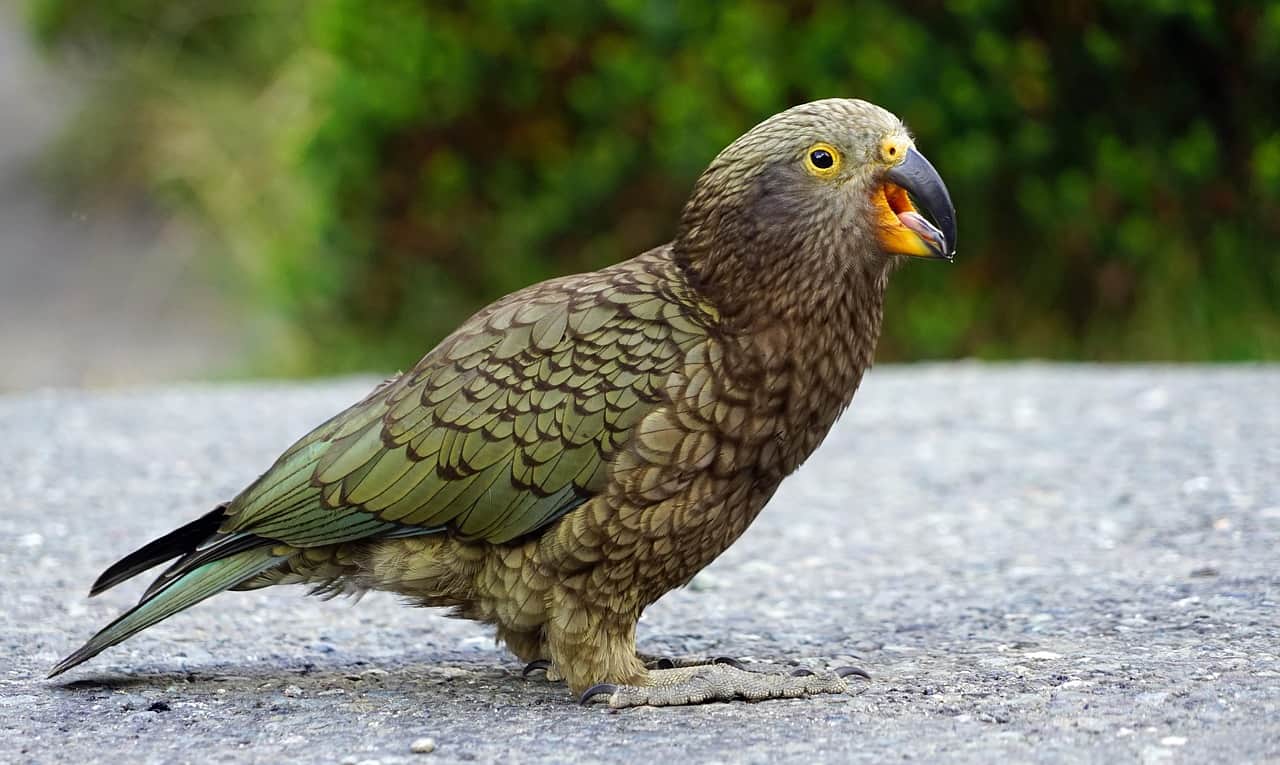
The record for the heaviest insect in the world goes to the weta bug from New Zealand.
A harmless giant, it tipped the scale at 2.5 ounces or 71 grams. This wingless insect hardly had any changes in a span of over 190 million years.
Eels from New Zealand has an average lifespan of 80 years old.
They could only breed once, and it usually occurs at the end of their time. What makes these eels more interesting is that they even swim to Tonga to perform!
New Zealand cave roofs are home to glowworms or fungus gnat larva.
True to its name, glowworms emit a bluish-green glow from the viscous silk threads on its body, which they use in trapping flying insects. The hungrier a larva gets, the brighter its light becomes.
New Zealand is home to 44 species of local reptiles.
The largest among them is the tuatara, which could grow up to 2 feet or 60 centimeters. Also, these species remain to be the only surviving types of a reptile family that reached extinction in the rest of the world over 60 million years ago. However, no snakes crawl the lands of New Zealand.
A giant carnivorous snail dwells in South Island, NZ.
Known as the Powelliphanta, this earthworm could only be found in the country.

New Zealand waters serve as the home of the smallest marine dolphin in the world.
Named Hector’s Dolphin, the aquatic mammal grows up to 1.5 meters long, max!
Ships that navigate NZ waters have a famous dolphin as their guide.
Unfortunately, Pelorus Jack mysteriously disappeared in 1912.
The Māori was hailed as the indigenous language of NZ, as proclaimed in the Māori Language Act 1987.
Hence, the Māori is an official legal language of the country that could be applied in legal settings as well.
New Zealand recognizes the Sign Language as one of its three national languages.
The official status was granted on April 10, 2006.
The language that is most widely-spoken in New Zealand is English.
Another official legal language in the country, New Zealand English, is one of its three national languages.
English is spoken by 96.14% of the country's total population.
While the Māori is its official indigenous language, only around 3.73% of the New Zealand population speaks it. Among 500,000 Māori locals, only 70,000 of them use their native language.
New Zealand has two national anthems.
The country adopted ‘God Defend New Zealand’ as its national song in 1940. On the other hand, they only play the other anthem entitled ‘God Save the Queen’ when a royal family member is present.
In New Zealand, the Māori term for foreigners is 'Pākehā.'
It originated from the word ‘pakepakeha’ which translates either to ‘pale-skinned fairies,’ or ‘white pig.’ Locals usually use the term to refer to European-descent visitors.
High schools and universities in New Zealand have permission to keep a pound each of uranium or thorium.
While it is strictly for educational purposes only, the institution would be fined $1 million in the case of an explosion caused by the materials.
The infamous pavlova is a dessert of New Zealand origins.

This treat is characterized by meringue cake with whipped cream and fruit slices on top. Its name honors Anna Pavlova, a Russian ballerina who visited the country in the 1920s.
New Zealand has a custom brew called the 'Sobering Thought.'
It rose to fame when it became the beer drunk in some scenes in the Lord of the Rings films.
Contrary to popular belief, the kiwi fruit is no local of New Zealand.
Its real point of origin is China. However, its name was derived from the kiwi bird itself.
The Lord of the Rings films brought about $200 million into the NZ economy.
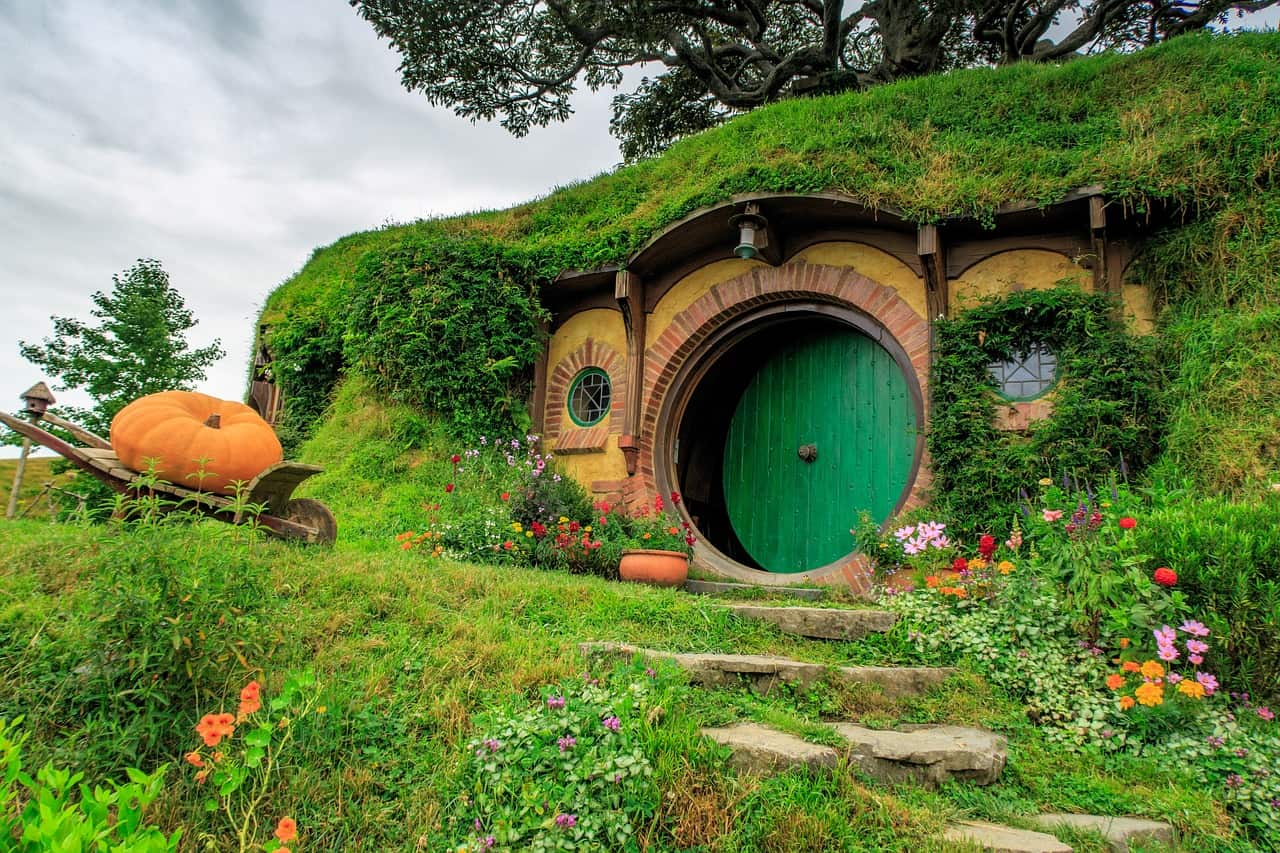
To make the most money that they could from these films, the government of the country organized a Minister for Lord of the Rings.
New Zealand preserved the actual filming sets from the films as tourist spots of today.
The actual Hobbiton is just a horse- or car-ride away in Matamata. Not only is the full-scale set a prominent tourist destination now, but it also joins the lists of the top to-do things when in New Zealand, especially for the fans.
The Te Toho Rock in NZ appeared in a cameo in The Chronicles of Narnia: Prince Caspian.
Another sight that tourists must visit is the rock arch of the Cathedral Cove, which would be accessed via boat or foot.
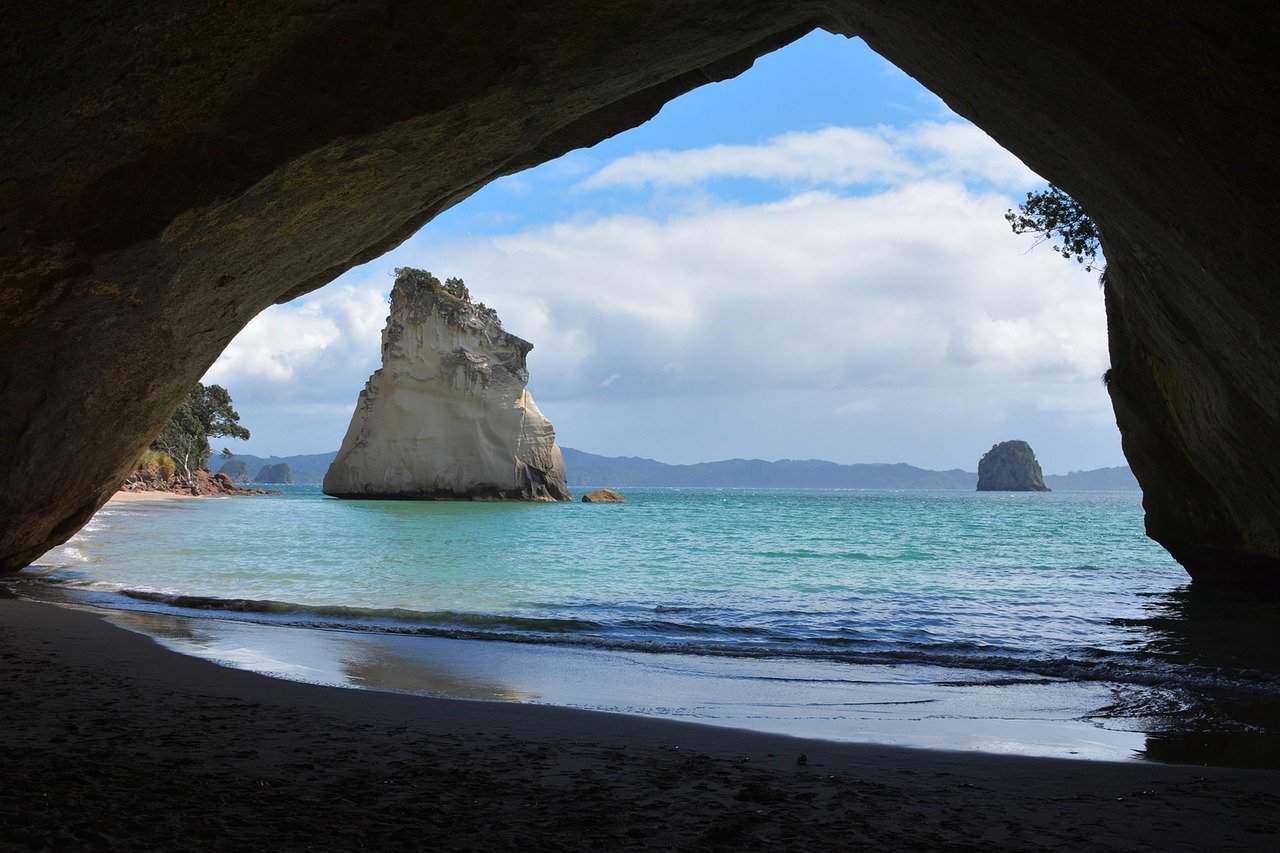
The most famous sport in New Zealand is rugby.
A boy named William Webb Willis unknowingly initiated the game in the English school of Rugby back in 1823. Today, rugby serves as the national sport of New Zealand, while the name of their national team is ‘All Blacks.’
The oldest organized sport in New Zealand is cricket.
Officiated games have been taking place within the country for more than 150 years now. In 1956, New Zealand won its first test against the West Indies and, in 1969, won its first test series against Pakistan.
New Zealand is the only country legally allowed to have Hobbit-connected images on its currency.
However, New Zealand sovereign island Niue features Pokemon images on its legal-tender coins. A limited coin collection also stars Star Wars film images.
The tallest freestanding formation in the Southern Hemisphere is found in New Zealand.
The Auckland City Sky Tower from the North Island stands 1,076 feet or 328 meters high.
The largest freshwater springs in New Zealand is the Te Waikoropupū Springs.
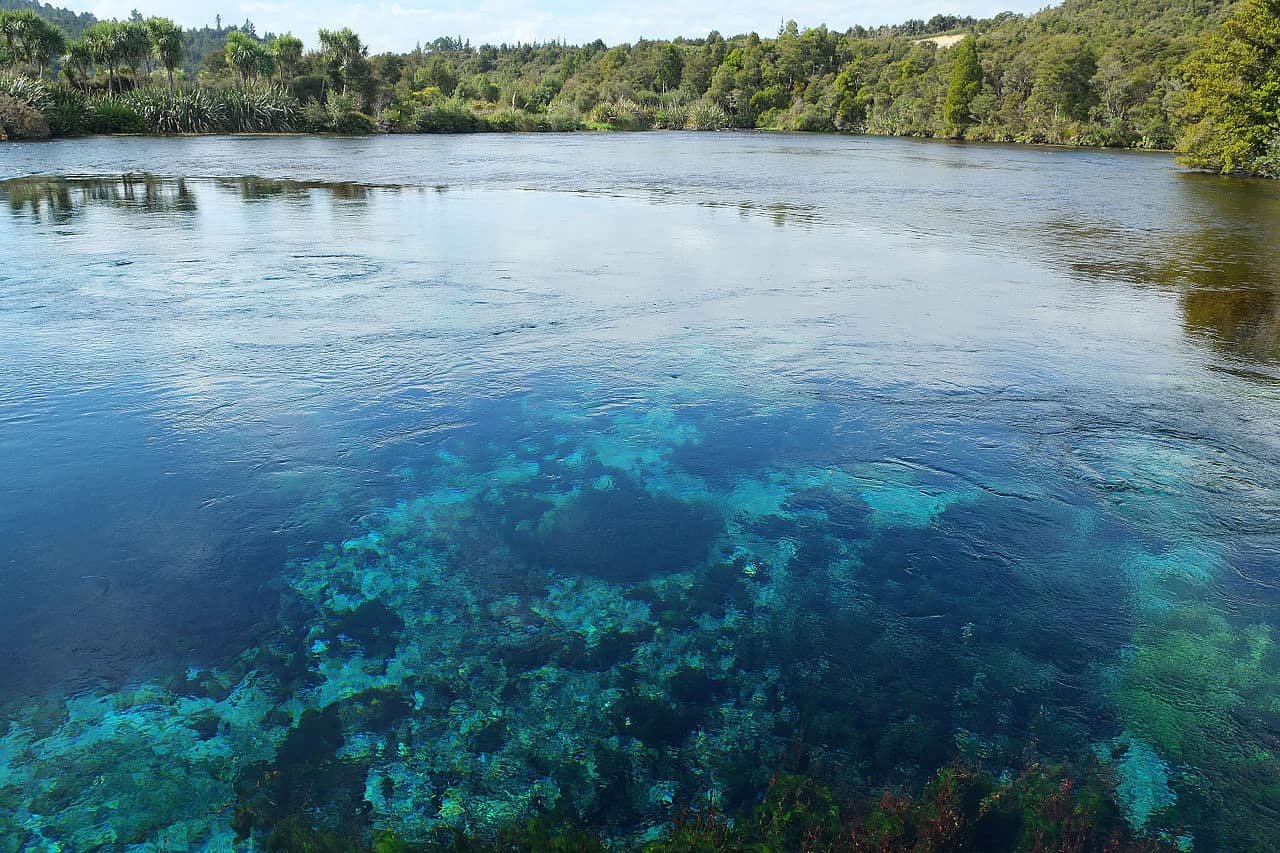
Also known as the Pupū Springs, it ousts up to 3,698 gallons or 14,000 liters of water per second. Quite the record-breaker, it is the largest cold water springs in the Southern Hemisphere, as well as the clearest-water body outside of Antarctica.
The clock in Dunedin was built back in 1864.
Since its creation, it has never been wounded, making it one of the longest-running science experiments known to humankind.
The middle of the runway at Gisborne, NZ airport has train tracks across it.
Sometimes, either the train or the plane would have to hold until the other one frees the way.
Was this page helpful?
Our commitment to delivering trustworthy and engaging content is at the heart of what we do. Each fact on our site is contributed by real users like you, bringing a wealth of diverse insights and information. To ensure the highest standards of accuracy and reliability, our dedicated editors meticulously review each submission. This process guarantees that the facts we share are not only fascinating but also credible. Trust in our commitment to quality and authenticity as you explore and learn with us.


